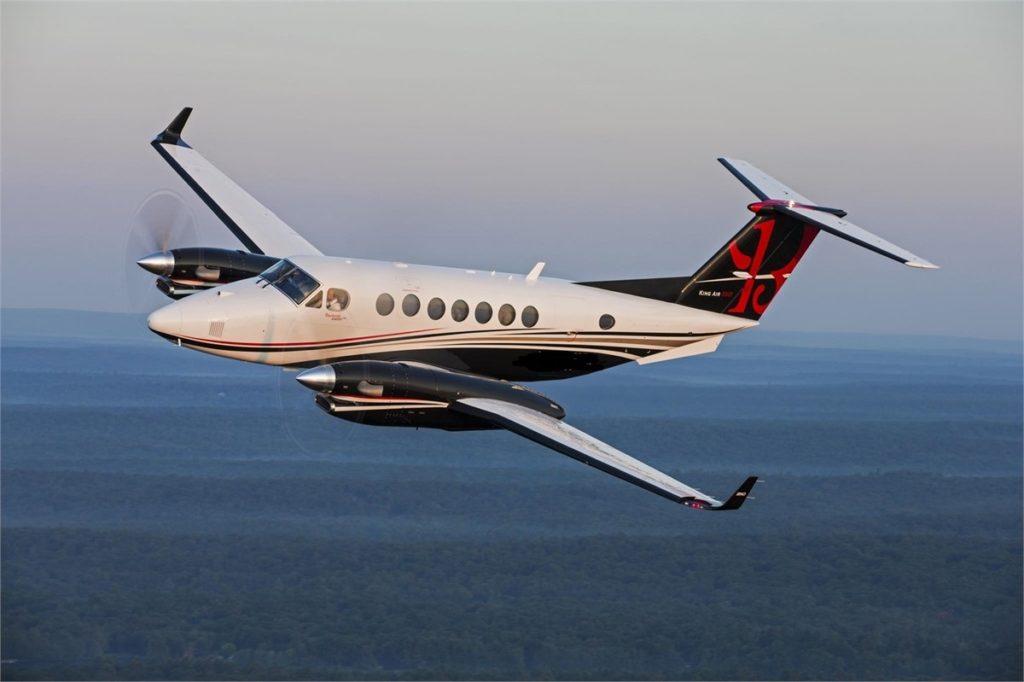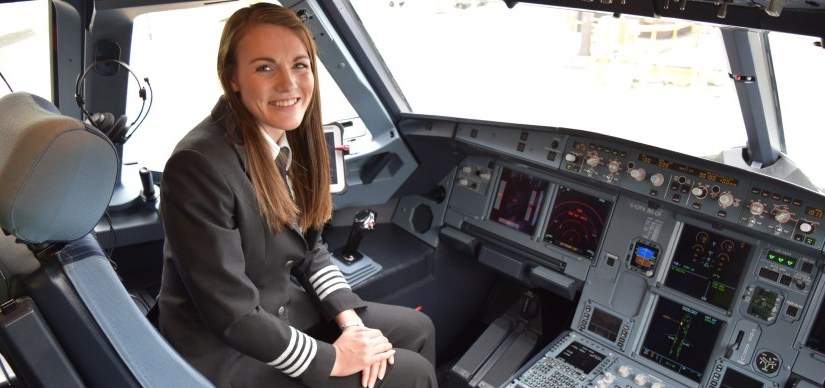Voici un extrait d’un rapport australien sur la charge de travail des pilotes. Cet article est classé dans la rubrique insolite dans la mesure où l’aviation étant une activité complexe, nous pourrions nous attendre à des progrès pour simplifier les tâches de l’équipage. Ce n’est pas toujours le cas. D’autre part, certains pays standardisent la construction de leurs procédures RNAV/GNSS, mais pas tous, ce qui accroit encore un peu plus les difficultés.
Perceived Pilot Workload and Perceived Safety of RNAV (GNSS) Approaches. ATSB TRANSPORT SAFETY INVESTIGATION REPORT Aviation Safety Research and Analysis Report 20050342 Final
Extrait:
Pilot workload was perceived as being higher, and reported losses of situational awareness were reported as more common, for the area navigation global navigation satellite system (RNAV (GNSS)) approach than all other approaches except the non-directional beacon (NDB) approach, which involved similar workload and situational awareness levels.
This was especially a concern for pilots operating Category A and Category B aircraft. Further research into pilot workload and losses of situational awareness associated with RNAV (GNSS) approaches is warranted.
Et voici une réflexion (partagée par de nombreux experts) de Hansman, R John :
The automation of information systems in the twentieth century has generally been directed at increasing the cognitive capability of humans, again with the goal of increasing productivity in the information age. Unlike mechanical automation, which reduced human workload, advanced information systems appear to have increased the mental workload through increased complexity.
Les cockpits deviennent plus compliqués et les approches (certaines) aussi !



